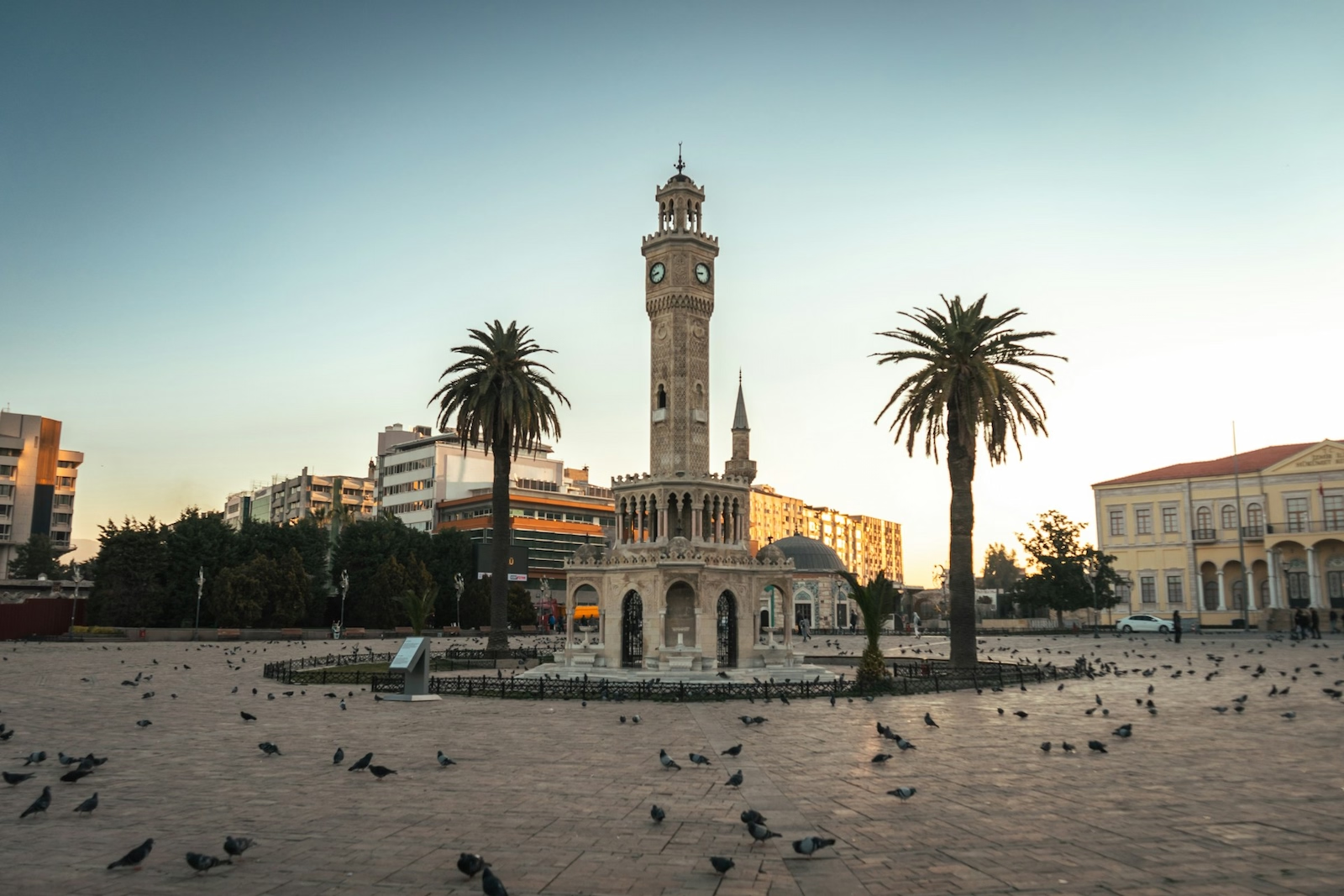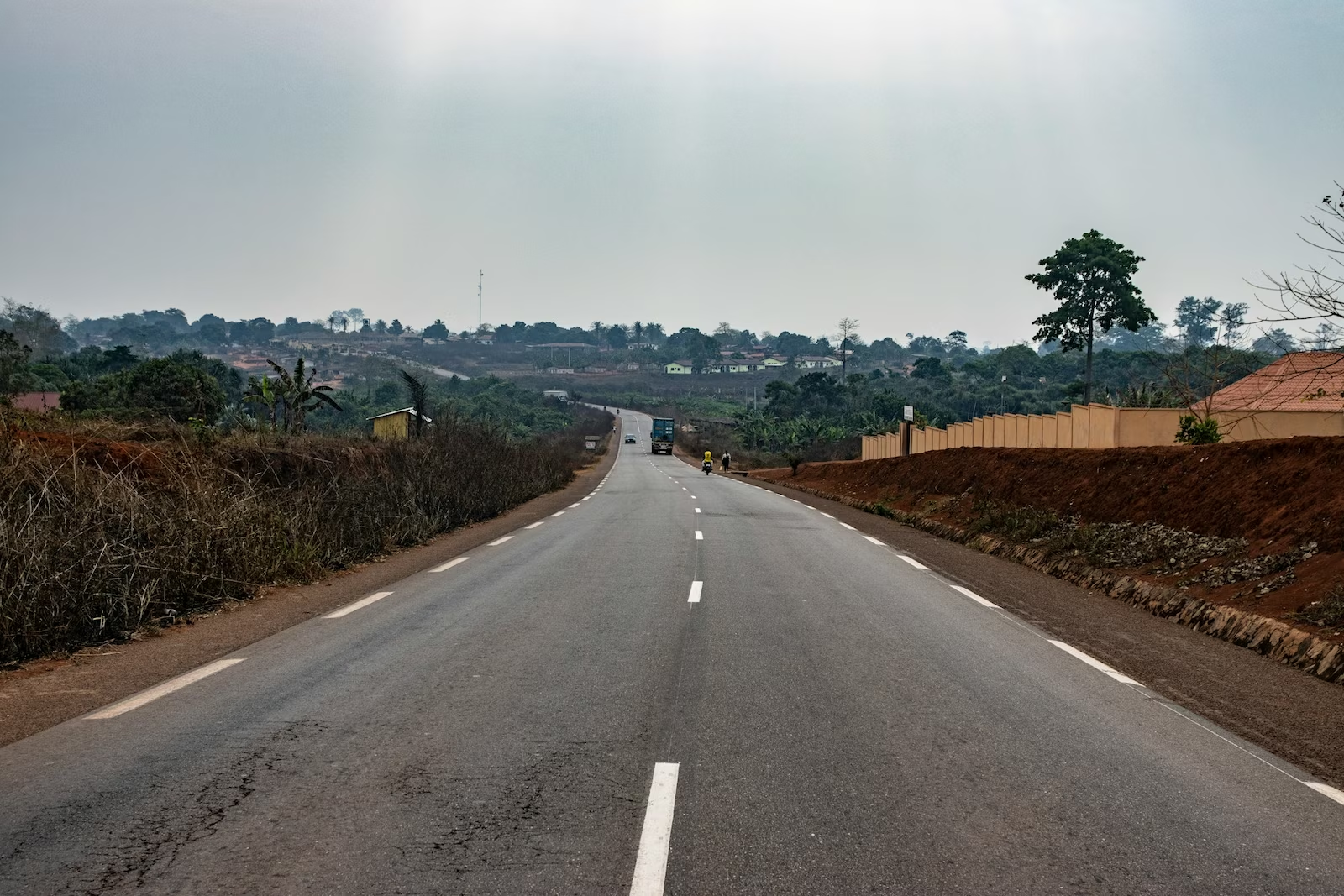Flying in 2025 means a lot more than just showing up at the airport and hopping on a plane. It’s all about planning ahead to make sure you’re not just safe, but also comfortable and relaxed during your journey. Whether you're a frequent flyer or taking your first post-pandemic flight, these tips will have you ready for your next adventure.

Booking your flight: What to consider
When it comes to booking flights, flexibility is your best friend.
We all know that plans can change unexpectedly, and flexible tickets allow you to adjust your travel dates without extra hassle or cost.
Many airlines offer flexible booking options, so be sure to look for tickets that allow changes or cancellations without a hefty fee.
It’s also worth considering booking direct flights to avoid long layovers, especially if you’re flying long-distance. You’ll save time, reduce stress, and avoid the headache of dealing with missed connections.

Airport safety tips
Navigating through the airport might feel like a maze, but a little prep can make the whole process smoother.
Start by arriving early, as nothing beats the peace of mind of having extra time to get through security and find your gate.
Be sure to have your travel documents ready (boarding pass, passport, ID), and double-check that your luggage is under the weight limit before you head to the check-in counter.
Airports have become more streamlined post-pandemic, but a little organization goes a long way in avoiding stress.
Also, don’t forget to pack your essentials: hand sanitizer and disinfecting wipes for high-touch surfaces.
Not all airports are the same, so be aware of your airport’s specific rules or additional paperwork you might need.
In-Flight Comfort and Health Tips
Long flights can be taxing, but there are plenty of ways to make your journey more comfortable.
Hydration is key, so drink water throughout the flight and avoid too much caffeine or alcohol.
Bring a water bottle that you can refill at the airport, especially now that many places are encouraging eco-friendly practices.
For in-flight comfort, pack a neck pillow and a light blanket, especially if you’re flying overnight.
Don’t forget lip balm and hand cream, as airplane cabins are notoriously dry. And make sure to bring noise-canceling headphones to block out the noise, as inside the cabin it can get quite loud.
Stretch your legs and move around every couple of hours to avoid stiffness and improve circulation. It’s also a great time to do a few simple stretches in your seat.

Packing Tips for a Safe Journey
Packing smart can make your whole trip feel smoother. Stick to a carry-on if possible; this will save you time at the airport and avoid the stress of checking in luggage.
Plus, you’ll have everything you need right on hand in case of delays.
When packing, be sure to include items that will keep you comfortable and safe: a portable charger, hand sanitizer, snacks, and any medications you might need.
Packing a small first-aid kit with things like pain relievers or anything of the sort can also come in handy during long-haul flights.
Lastly, be mindful of any items you’re not allowed to bring through security.
Knowing the TSA regulations ahead of time will save you from unnecessary delays or having to toss something out.








.avif)

.avif)




.avif)
.avif)